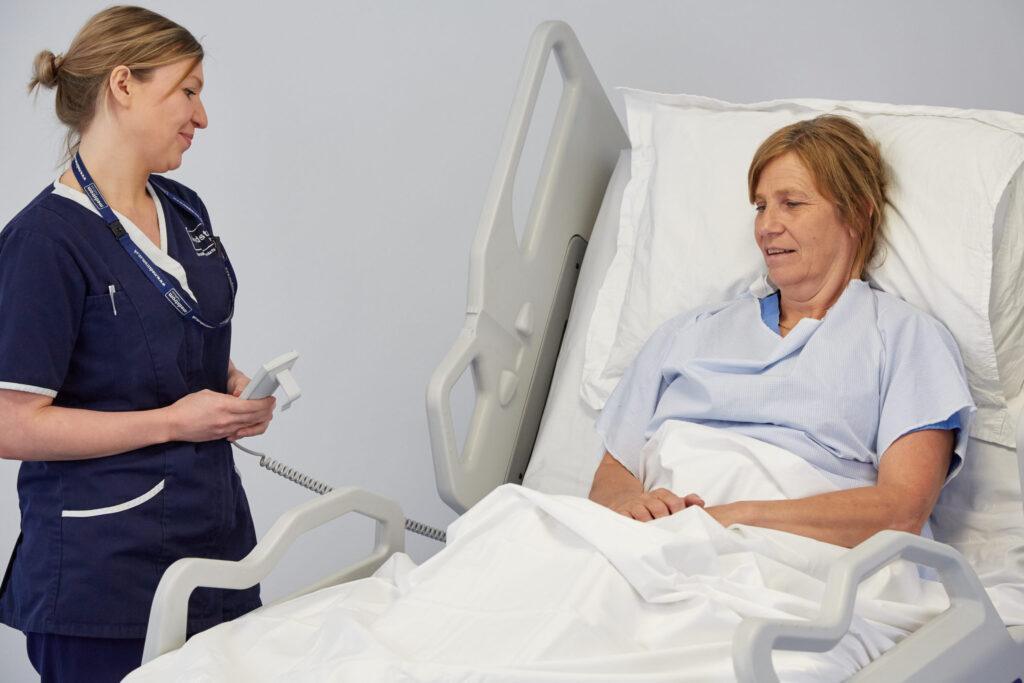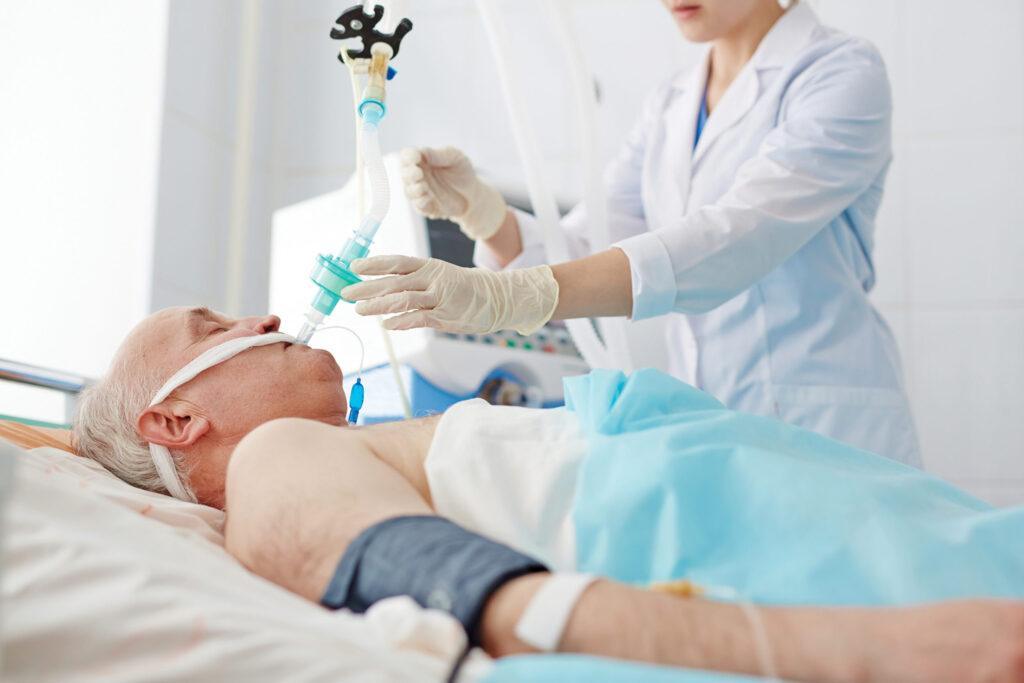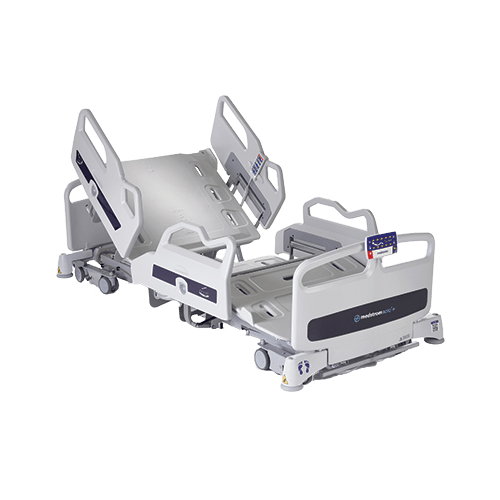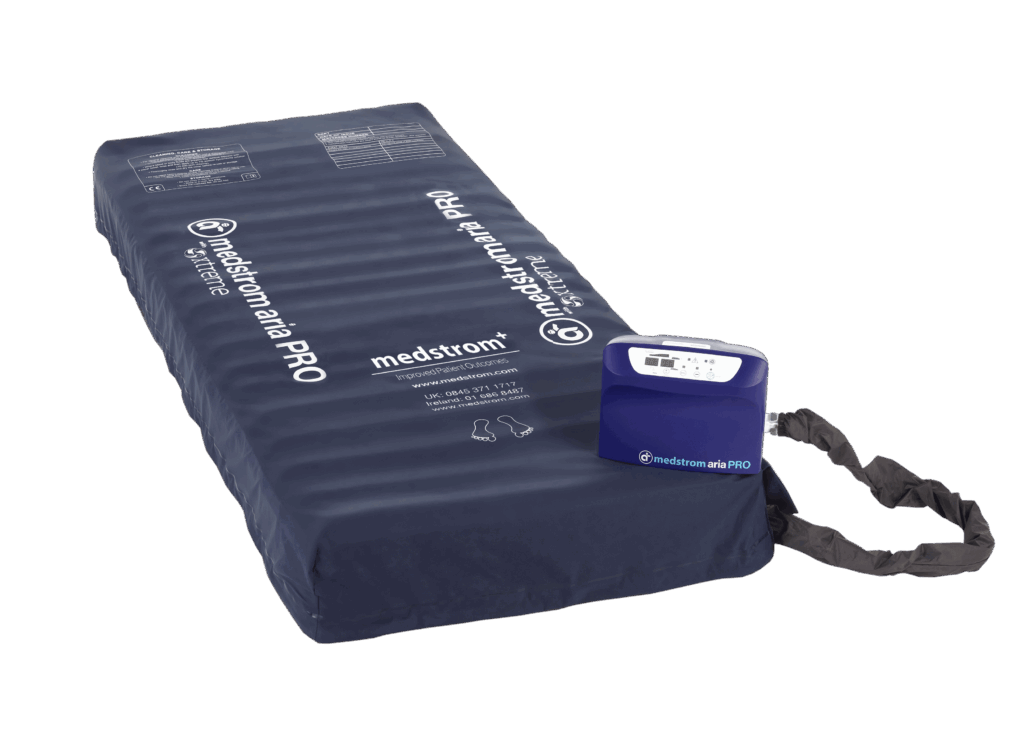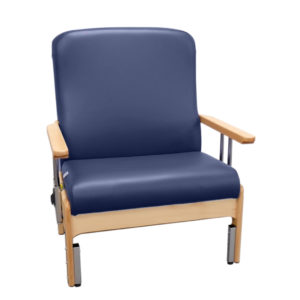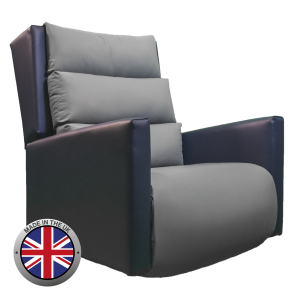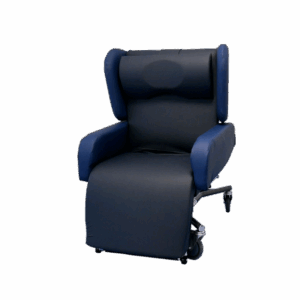
Bariatric Equipment Selection – Morphology
In this post, we look at the importance of patient morphology when selecting bariatric equipment.
This is the second in a series of three posts with accompanying short videos, each of which focuses on a different aspect of dignified care for plus-size patients.
Patient Morphology is Key to Selecting the Right Bariatric Equipment
Morphology is the most important thing to bear in mind when looking at equipment for plus-size patients. If you rely on weight alone, or BMI, you run the risk of incorrectly categorising a patient. This may result in them getting the wrong sized equipment, which can slow their recovery.
As a bariatric product specialist at Medstrom, I work with plus-size patients and their caregivers every day. I’ve seen that people do often overlook morphology, and only look at weight. But that distribution of weight is completely different for each patient. So, for example, bariatric equipment needed for two patients who are about the same weight may not be the same.
Chair Selection
Patient morphology is especially important when selecting the right chair for a patient. For example, if you don’t consider the morphology and spread of weight for a patient, you could select a chair which is much too big for them. If this happens, the chair won’t provide them with the support and stability they need to mobilise correctly and safely.
Often, the greatest fear that caregivers have is how they will be able to help the patient if they fall. But if we nail the morphology question, we can select the best equipment for that patient. This, in turn, will ensure mobilisation is as safe as possible, reducing the risk of falling from the product.
In summary, morphology, and not just weight or BMI, should always be taken into consideration when you select the best bariatric equipment for a patient.
Other videos in this series
Video 1: How Can Education Support Dignified Plus-Size Patient Care?
Video 3: Overcoming Stigma and Fear Associated with Plus-Size Patient Care
